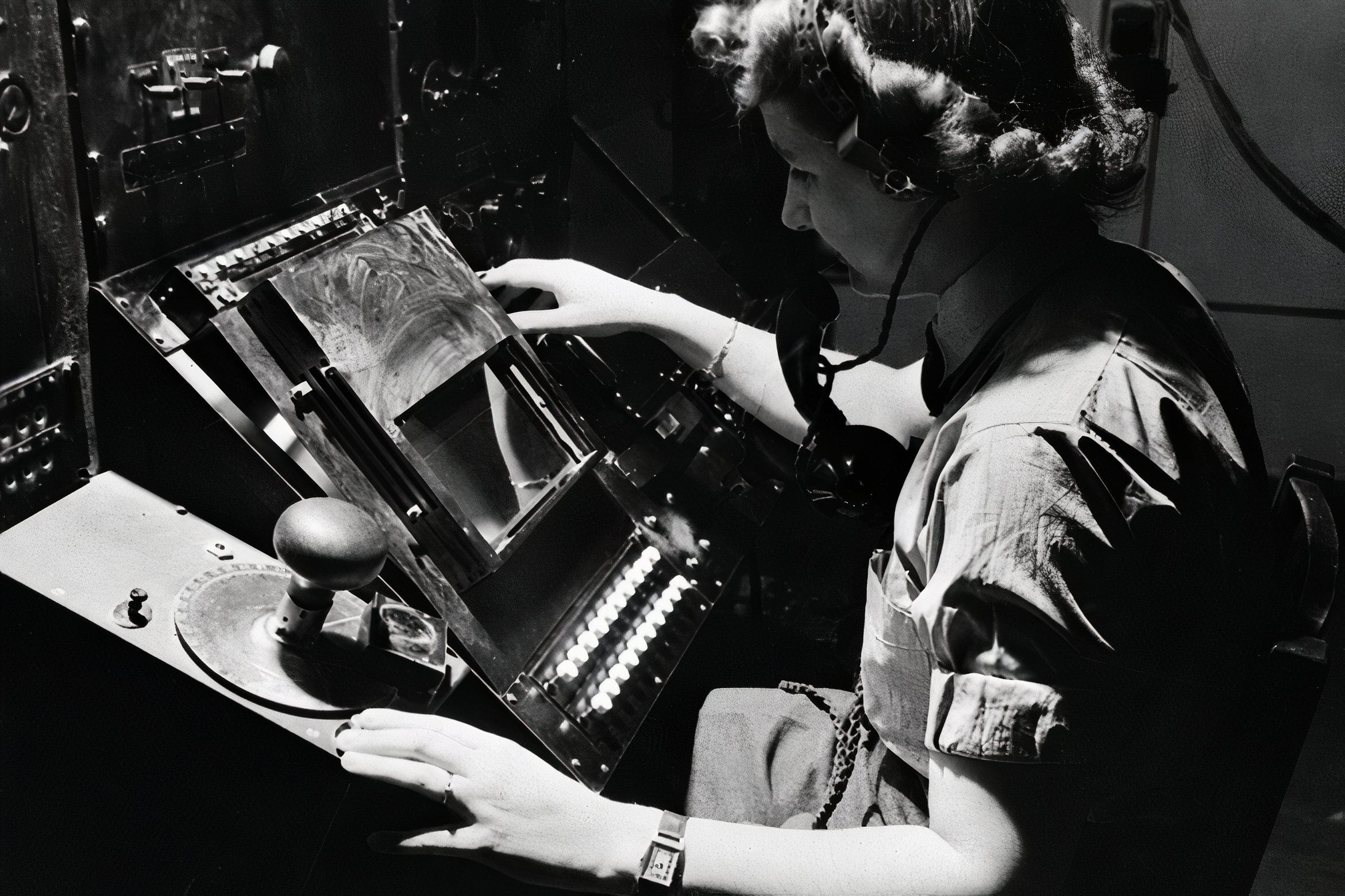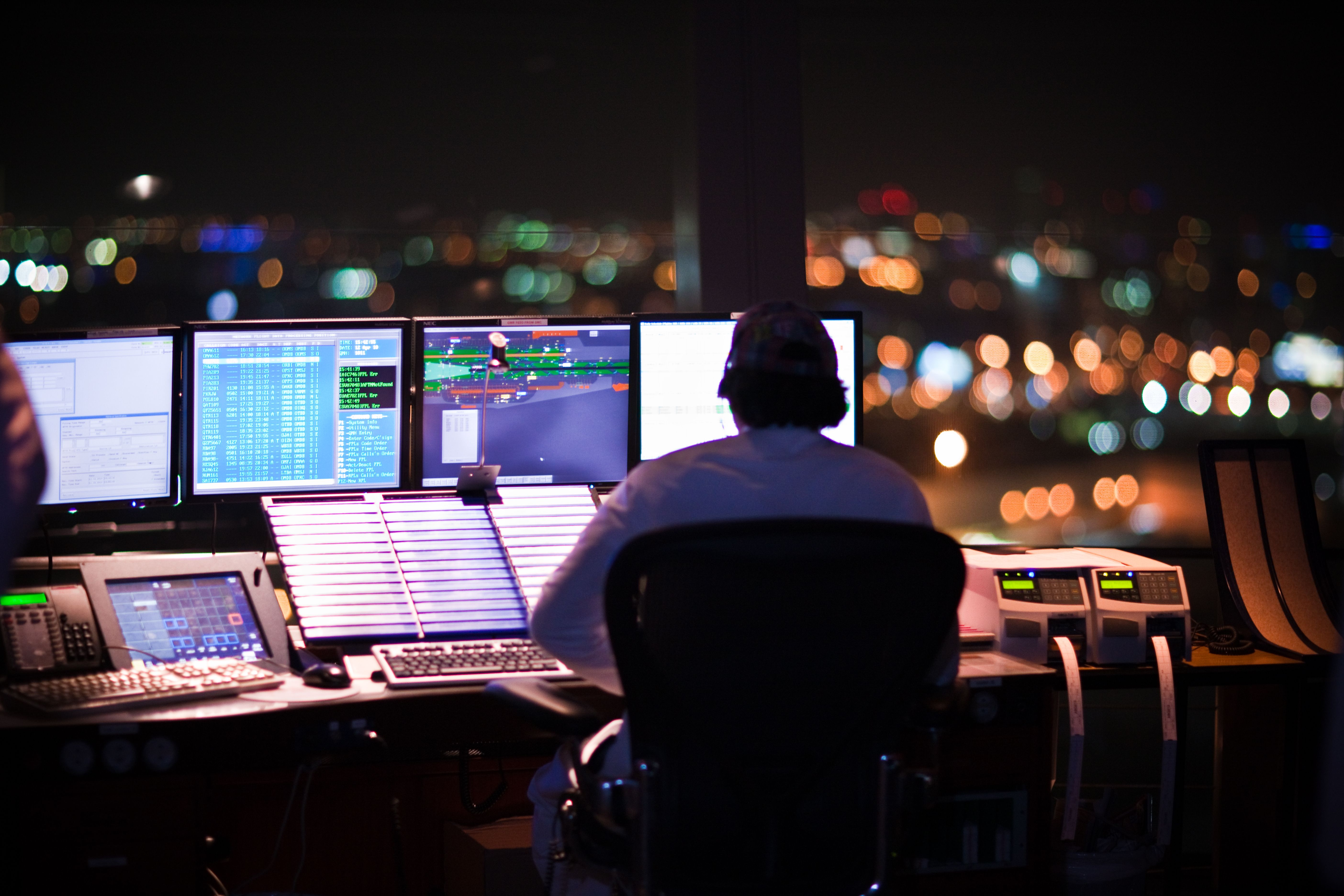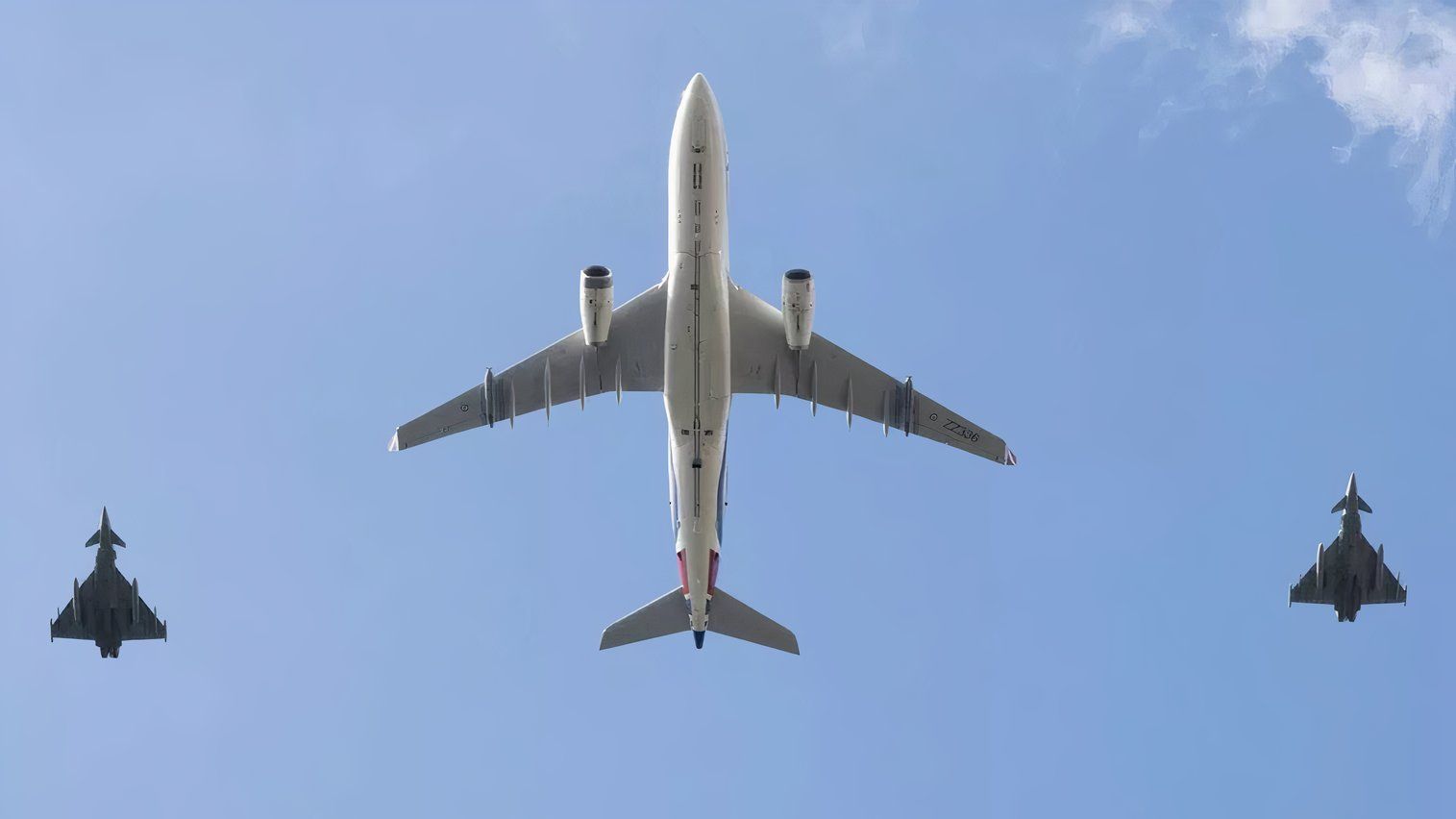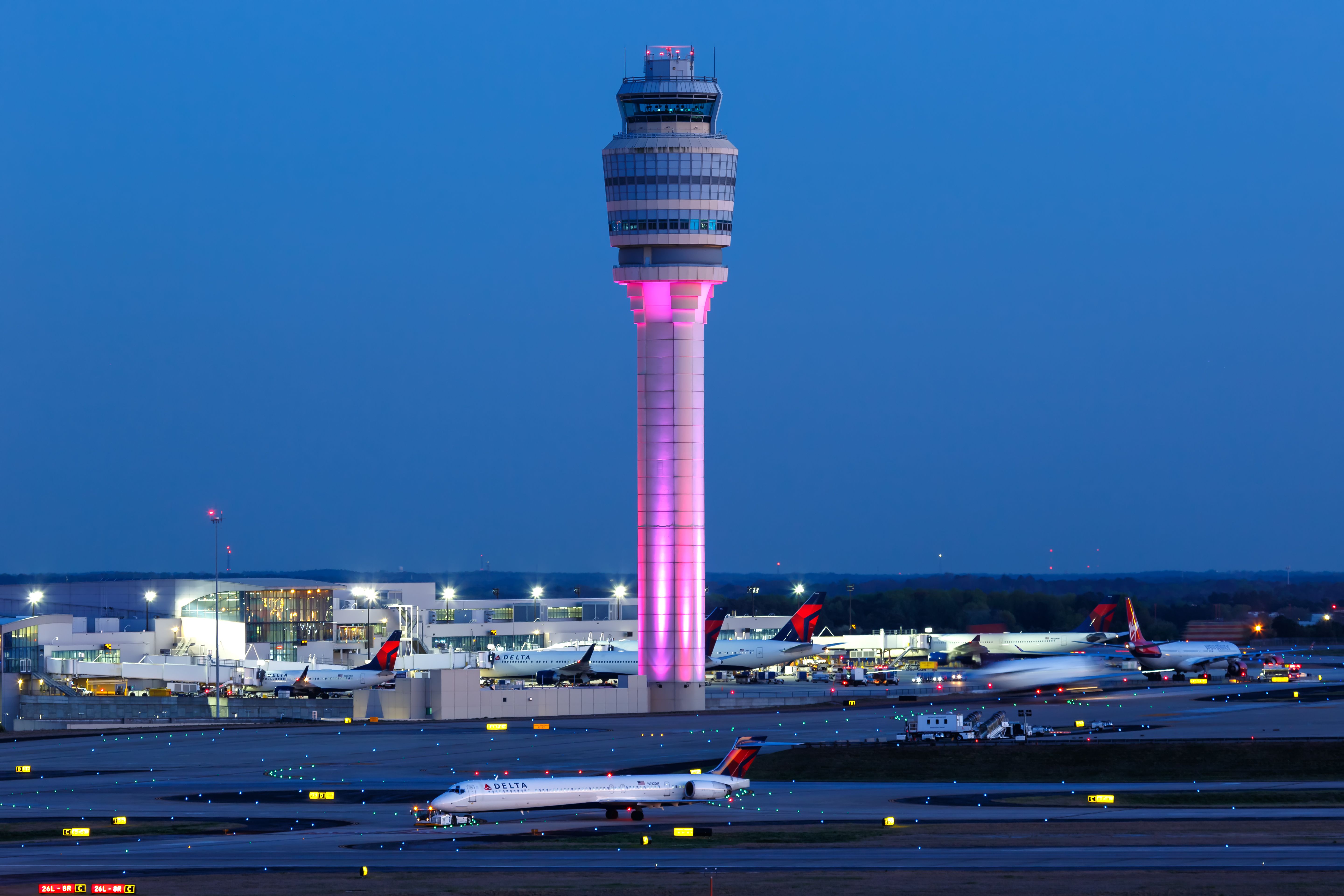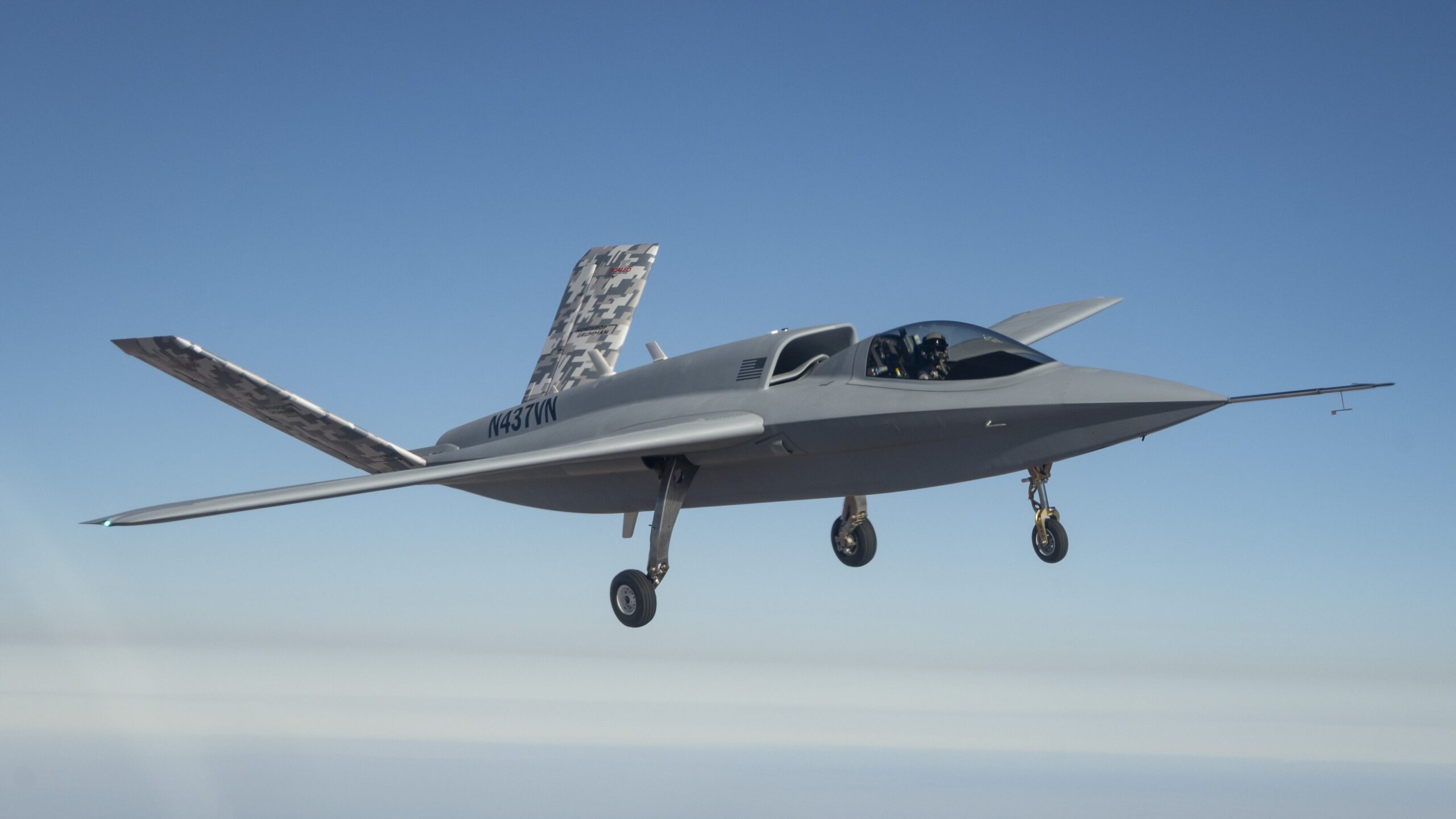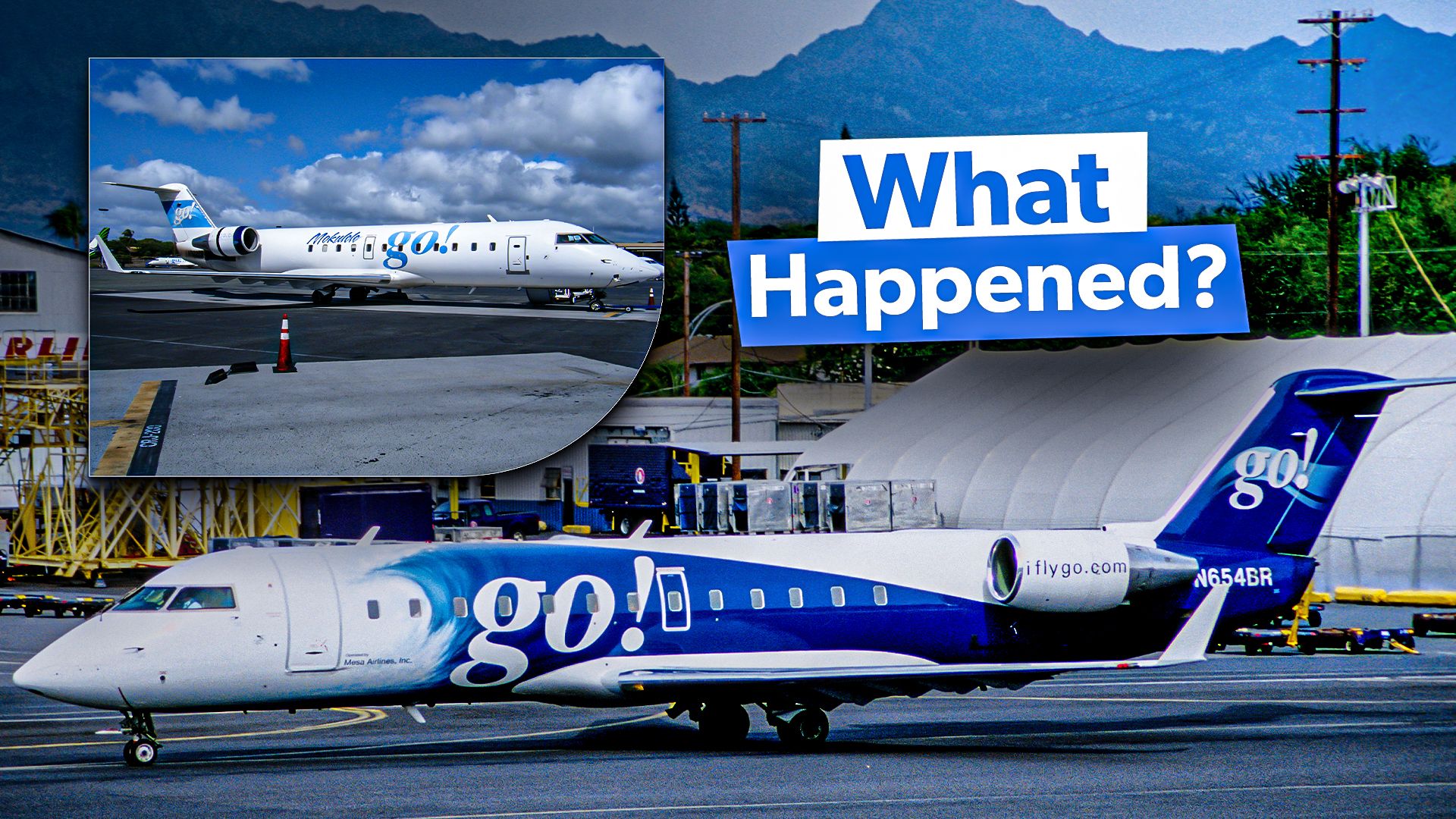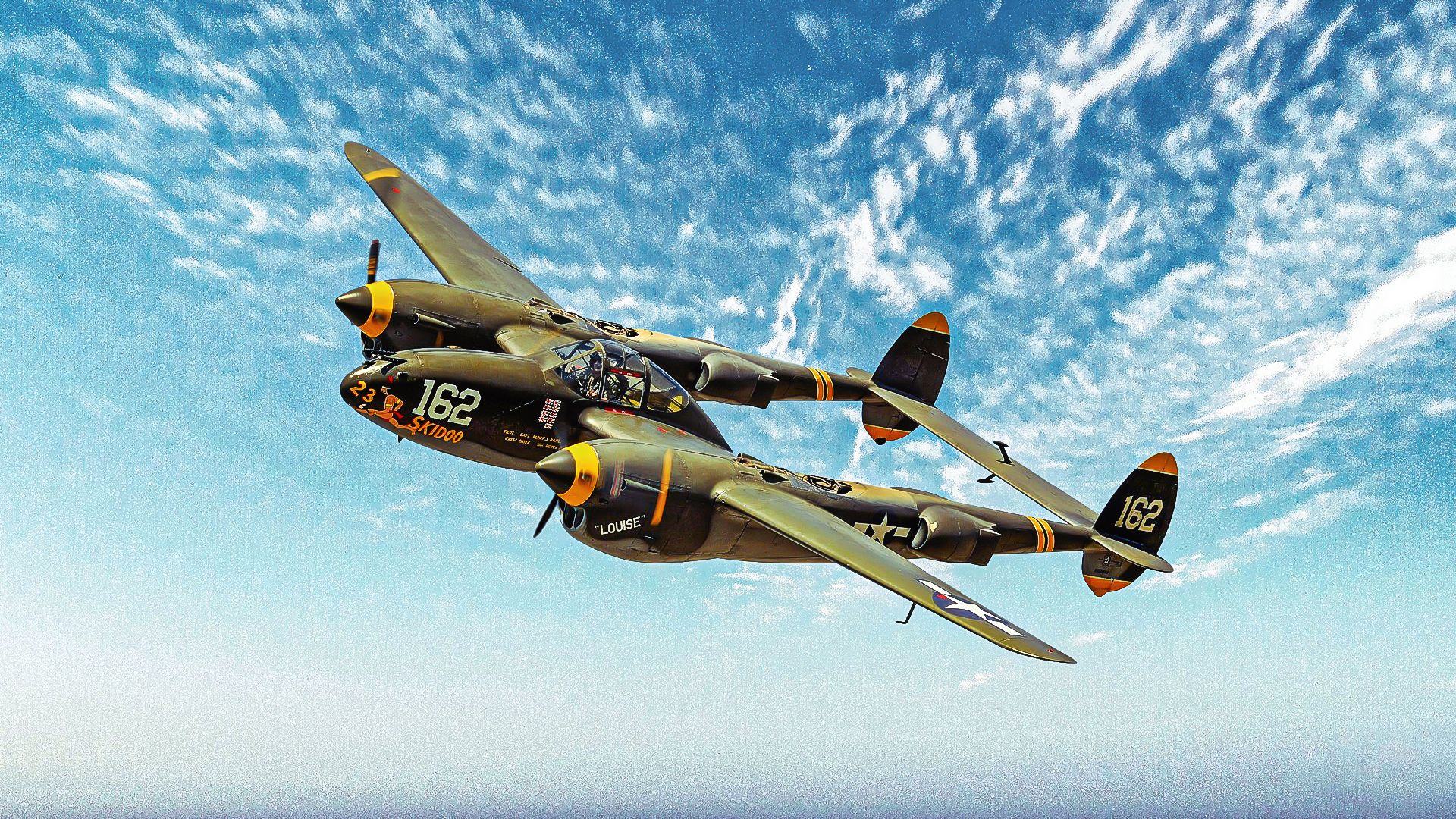If you are an aviation geek like myself, you have likely seen the Amazon Original movie 7500, released in 2019. Starring Joseph Gordan-Levitt, it is a tense thriller told from the cockpit perspective, exploring what a post-9/11 hijacking might look like. You would also probably know how the movie got its name because 7500 is the internationally recognized squawk code for hijacking.
However, when you watch the movie, it is possible that, like me, you will be watching it with someone who is not an aviation geek. So if you’ve had to explain in the past how Denzel Washington couldn’t actually fly an MD-88 inverted (Flight, 2012) or why Tom Hanks just acted out one of the most remarkable pieces of commercial airmanship (Sully, 2016), then you will probably find yourself having to explain squawk codes while watching 7500. So here are five things you need to know about squawk codes when it’s time to give that explanation.
1
What is a squawk code?
Squawk codes are unique four-digit numbers ranging from 0000 to 7777 set on an aircraft transponder to allow air traffic control (ATC) to identify that aircraft uniquely and distinguish it from other aircraft in the sky. Some squawk codes are fixed values signifying specific scenarios (see below), and ATC randomly generates others.
Squawk codes originated in World War Two when British radar operators needed to be able to identify whether incoming aircraft were friend or foe. Therefore, allied aircraft were fitted with transmitter-responder units (or transponders) that ping-ed their friendly status to the operators. These early transponder units were code-named ‘Parrot’, and soon RAF pilots started using the nickname “squawk codes” to describe the activity of the transponder.
Photo: Imperial War Museum
As commercial aviation took off, ATC needed a way to distinguish the ever-growing number of anonymous dots on a radar display. This is where squawk codes came in. When an aircraft enters an ATC’s airspace, the ATC generates a squawk code for the aircraft, which is entered into its transponder. The transponder then continually transmits this back to the ATC along with other relevant data such as altitude and speed, and ground-based secondary radar captures the transmission and displays the data as a unique identifier on an air traffic controller’s radar screen.

Related
Squawk Codes: A Pilot’s Perspective
The simple technology that grants ATC access to a flight’s critical information.
2
How are squawk codes assigned?
Squawk codes are assigned to all aircraft that have filed an IFR flight plan with ATC. Each code is unique, so no two aircraft have the same code. A computer system generates the squawk code. Each ATC facility has certain blocks of codes that they can use to assign to flight plans.
For example, one block (e.g., 0101-0178) for IFR flights only in their airspace, a second block (e.g., 0201-0278) for VFR flights limited to their airspace, another block for flights going to different centers, and so on. These allocations seek to minimize the need to change the squawk codes in the air and avoid overlapping with adjacent facilities.
Photo: American Airlines
Flight plans submitted into the system are automatically assigned squawk codes by ATC systems about 30 minutes before departure. When a pilot calls ATC to request their flight plan before departure, ATC will provide the squawk code assigned to that particular aircraft. If an aircraft randomly calls ATC, the controller types it into either the radar or flight plan system, depending on the extent to which the pilot wants services, and then the system prints out an appropriate code.
3
What is squawk code 7500?
The most famous squawk code is 7500, which signals “unlawful interference” to ATC, commonly called a hijacking. These are extremely rare, and when they do happen, they are often just false alarms. In an actual hijacking situation, though, being able to squawk 7500 is particularly useful, as it allows the pilots to discreetly inform ATC that the airplane’s security has been compromised without it being announced on the radio.
What happens after this code is transmitted varies depending on the country, but depending on the severity of the incident, the following might happen:
- The airplane could be intercepted and escorted by fighter jets.
- Upon landing, the police and other authorities will be waiting to meet the aircraft.
- Air traffic control will keep the airplane clear of all other traffic.
- Air traffic control may completely close the airport to which the airport is flying.
Photo: RAF
4
What is squawk code 7600?
Squawk code 7600 alerts ATC that the aircraft has lost verbal communication. This could mean the aircraft cannot receive or transmit any radio communications or can still hear ATC communication but cannot respond. ATC will direct the aircraft to “squawk ident”, which requires the pilot to press a small button labeled ‘ident’ on the transponder. This causes the aircraft to flash on the controller’s screen, but more importantly, confirms that the aircraft can hear ATC and provides a means of talking through nonverbal communication.
Photo: Markus Mainka | Shutterstock
Interestingly, if the pilot can’t hear ATC or speak to them when near the airport, they can often communicate with the aircraft through lights. These come from a light gun situated on the tower, which allows ATC to shine lights at an aircraft in red, green, or white colors to signify different messages when the aircraft has lost communication. Light gun signals mean different things depending on whether the aircraft is on the ground or in the air, and their values are taught to pilots during training.
5
What is squawk code 7700?
The final emergency code that can be squawked is 7700, a general code for various emergency scenarios. As an aviation geek, you have likely seen real-time tweets, online news, or discussions about aircraft squawking 7700, or even followed an aircraft squawking 7700 on flight tracking apps.
Photo: Teerapoon Tiuekom I Shutterstock
Squawking 7700 is a catch-all code that can be set for any emergency aboard the aircraft and could apply to a variety of situations, such as:
- Medical emergency onboard
- Engine failure
- Low/minimum fuel
- Bird strike
- Airframe damage
- Severe icing
- Fire/smoke
- Flight control problems
- Depressurization
Photo: NATS
Setting a squawk of 7700 on the transponder shows that the aircraft is presently dealing with an emergency and highlights the aircraft on ATC radar so that controllers can prioritize it over other aircraft. The pilot can set it proactively or be requested to squawk 7700 by ATC following a ‘pan’ or ‘mayday’ call.
Squawking 7700 gives the pilot the responsibility to do anything reasonably necessary to operate the aircraft and ensure the safety of those onboard, regardless of the rules. The Aeronautical Information Manual (AIM), the FAA’s official guide for flight information and ATC procedures, clearly states in section 6-1-1:
“The pilot-in-command of an aircraft is directly responsible for and is the final authority as to the operation of that aircraft. In an emergency requiring immediate action, the pilot-in-command may deviate from any rule in 14 CFR Part 91, Subpart A, General, and Subpart B, Flight Rules, to the extent required to meet that emergency.”
However, the pilot’s actions will need to be justifiable afterward, so whether they choose to fly inverted or ditch in the Hudson, they can be assured that they will ultimately need to justify their actions to an NTSB review.
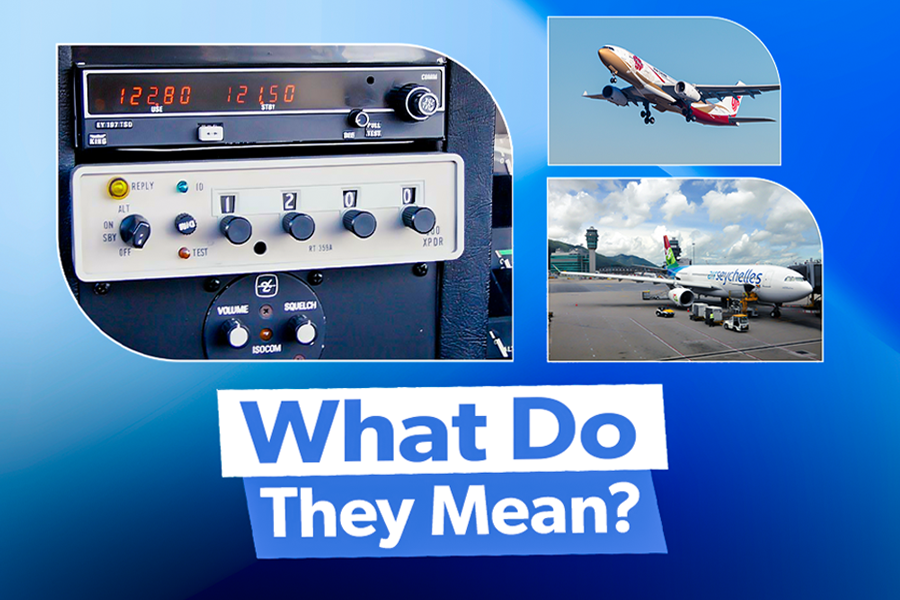
Related
Not Just 7700: 5 Other Notable Aviation Squawk Codes
A squawk code communicates an aircraft’s intention.


